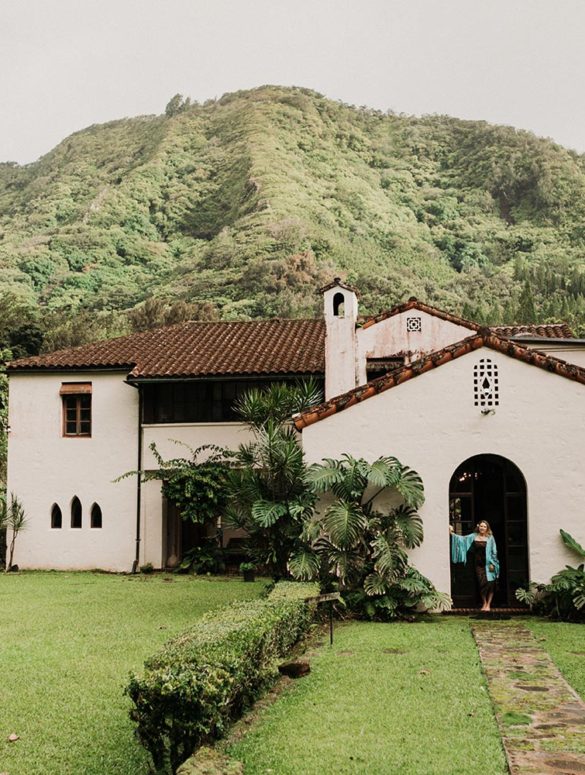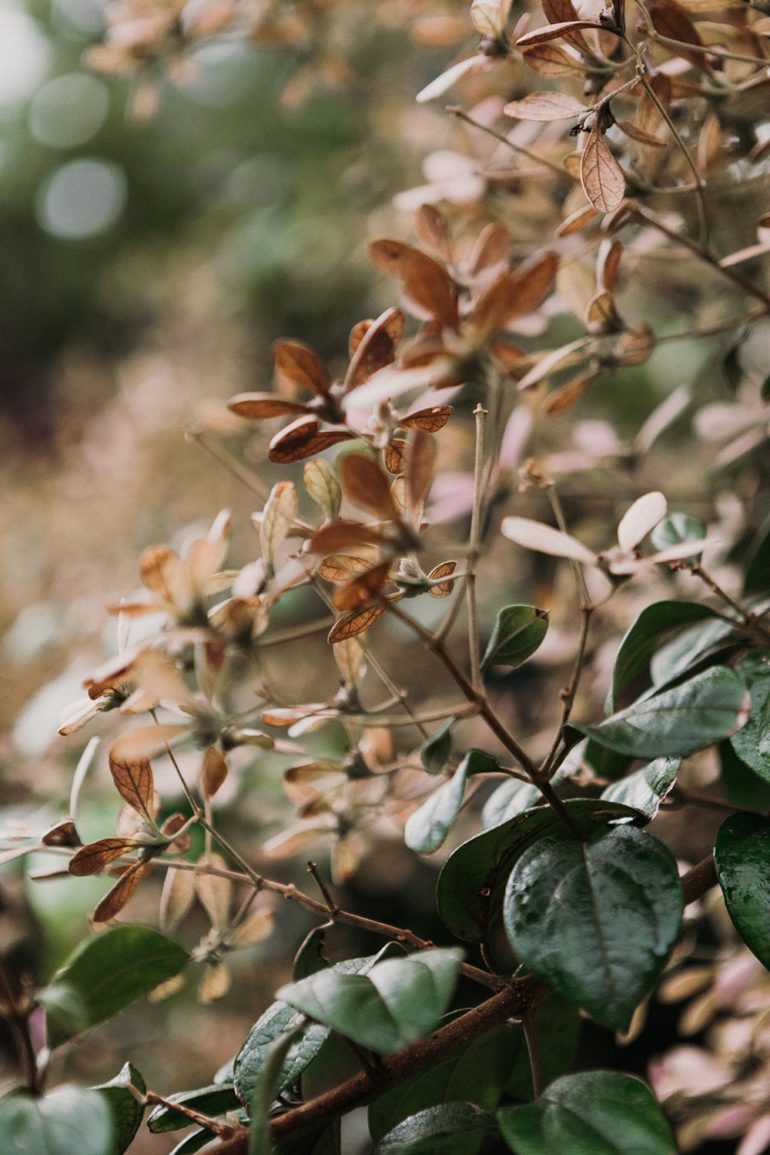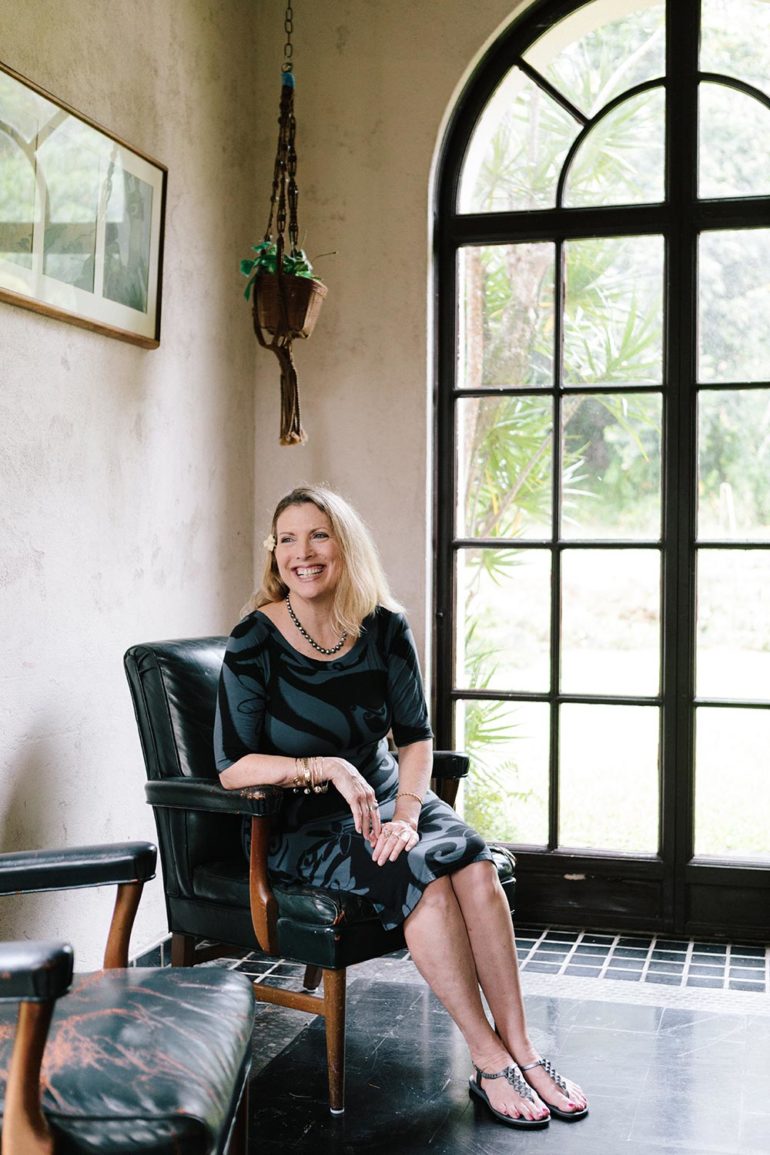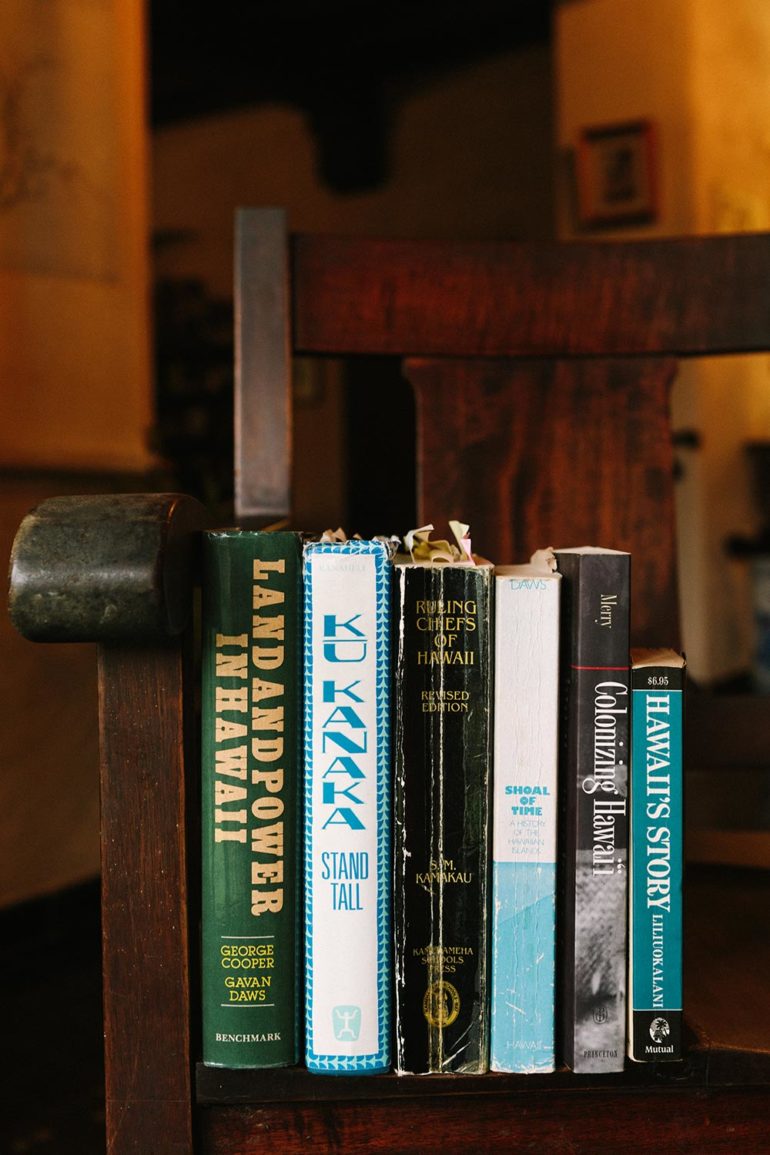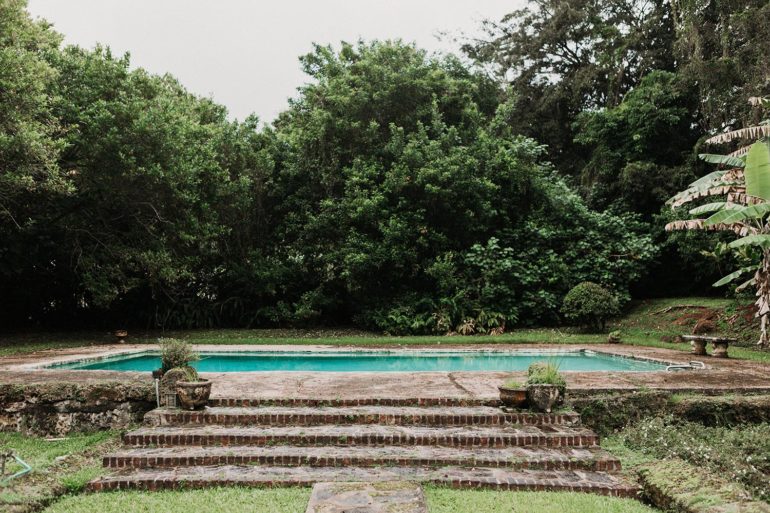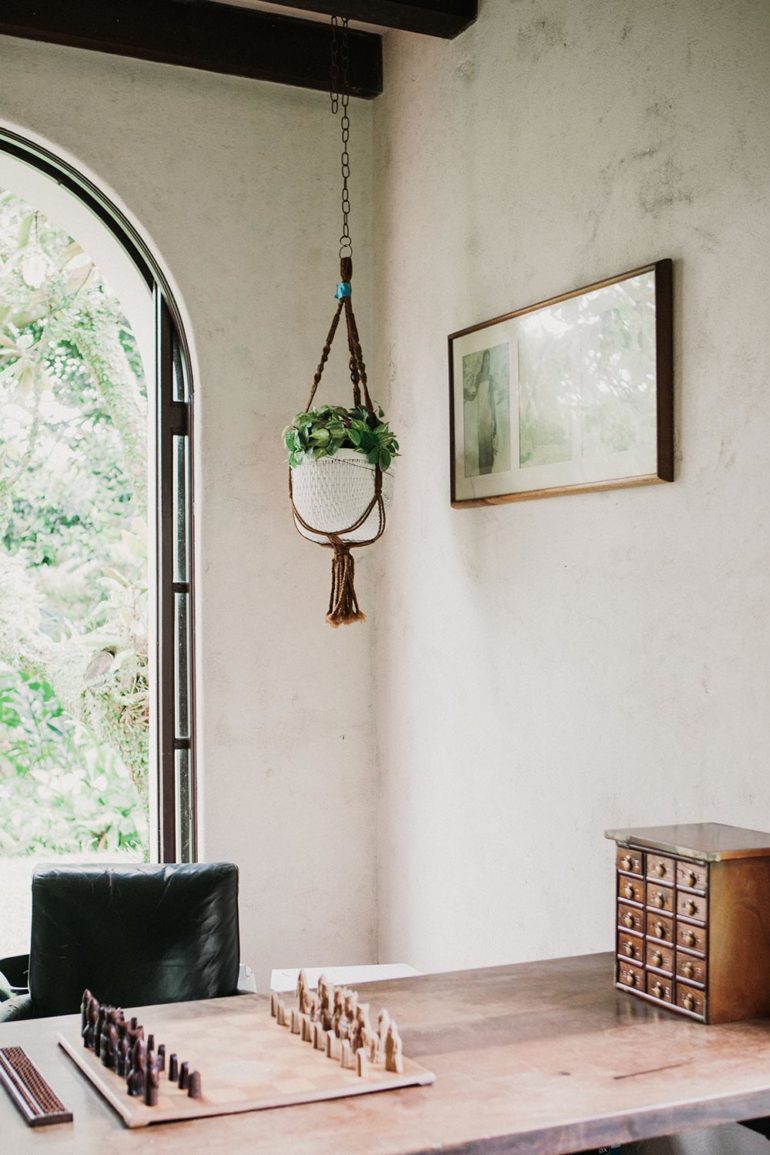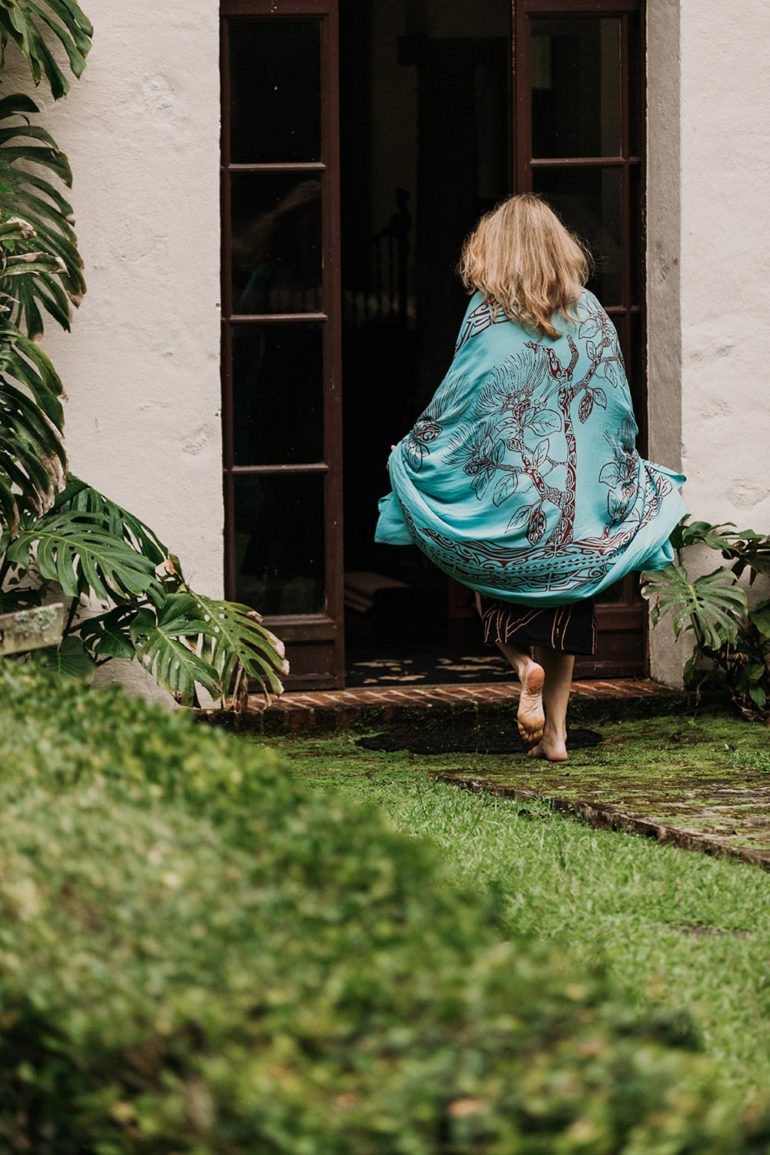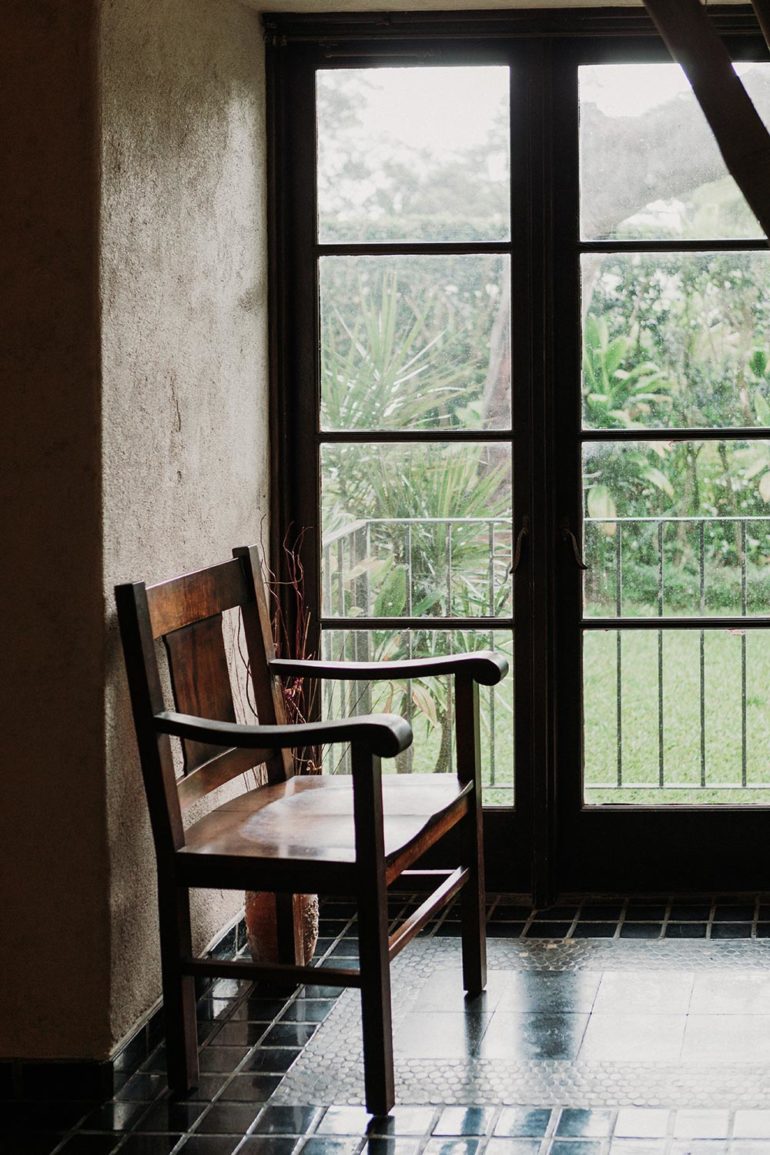Donne Dawson finally has an hour. Somewhere between securing location permits for a Disney film feature and a weekend volunteer trip to Kaho‘olawe, Hawai‘i’s state film commissioner has found a free moment at approximately 3:30 p.m. on a Friday—in other words, the absolute tail end of another hectic week at the Hawai‘i Film Office.
“This is not a normal 9-to-5 job by any means,” Dawson says in her brightly lit office on the fifth floor of the No. 1 Capitol District Building in downtown Honolulu. “Most people don’t understand what a film commissioner does, so just imagine me wearing a firefighter’s helmet all day, every day.” With five major film and television productions shooting concurrently across the islands, including action-packed reboots of Hawaii Five-0 and Magnum, P.I., what could possibly go awry? “Let’s just say it’s problem solving, 24/7,” she reiterates.
This was famously the case when J.J. Abrams and Damon Lindelof, the early co-creators of Lost, laid their eyes on Mokulē‘ia Beach. “It was the bright blue ocean next to the white sandy beach next to the green mountains, and it was within one frame where they could get all of that,” explains Dawson of the North Shore visage that the writer-director team considered crucial to the pilot. But the show’s premise that a commercial airliner has crashed on a deserted island required the sands to be strewn with aircraft wreckage, a cause of reservation for DLNR. The department didn’t want to be bombarded with complaints about the beach’s accessibility to the public, one of the core right-of-ways that makes Hawai‘i so special to its citizens and visitors.
Ultimately, Dawson was able to convince the regulating departments to grant permission at the final hour. Had she not been successful, Lost may have moved its series to Australia. Throughout the series’ six seasons, which were shot at locations around O‘ahu, the island convincingly stood in for assorted locales, including Japan, Iraq, Australia, France, and the U.S. Midwest. “Lost became our new calling card,” Dawson says. “[That series] proved that with creativity we could film about anything here.”
Dawson’s facilities, however, aren’t to be confused with blind appeasement. She shut down a Chris Brown music video when its producer attempted to set up a full-blown dance stage on Ahu o Laka, the Kāne‘ohe sandbar that’s considered a fragile cultural and ecological site. After a producer approached her with a pitch for a Dancing with the Stars-style reality TV competition that traded ballroom dancing for hula, she talked him down from trying to get it made. “If I know a production is walking right into a landmine, whether it’s putting themselves at risk of being shut down, of being picketed by the public, of receiving terrible press, it’s my job to try and mitigate that,” Dawson says. “We’re living in a time where audiences are more demanding and savvy. They want authenticity, not the stereotypical view of Hawai‘i.”
Dawson’s cultural knowledge, Native Hawaiian heritage, and personal relationships with Hawaiian practitioners and experts have made her something of a kia‘i (guardian) of cinema. When Hollywood flies in swarms of crew members throughout the year, she insists there is a need for them to have a baseline awareness of Hawai‘i’s history, peoples, and sensitivities about the environment. “We’re not the censor police,” she says. “What we’re doing is educating them about our native culture and ensuring that whatever creative project they want to bring to fruition has a chance of surviving.”
The following afternoon I get a sense of Dawson’s openness when a photographer and I arrive at Polihiwahiwa, her historic Mediterranean-style two-story family home in Nu‘uanu, to take portraits of her. The house is surrounded by manicured hāpu‘u ferns and has a Hawaiian flag waving majestically over the carport. As I take in its stone walls, high ceilings, and Hart Wood architecture, I can’t help but imagine it as a film set art-directed to reveal Dawson’s character.
Upon sighting a banana grove beside the brick-lined swimming pool, the photographer suggests we set up there, but first Dawson fetches a machete so we can hack off a bundle of browning leaves. The home has portals and archways that allow for gorgeous natural light that clearly inspires the photographer. What is supposed to be an hour of Dawson’s time somehow transforms into three, but she doesn’t seem to mind. She just wants to help us get the shot.

